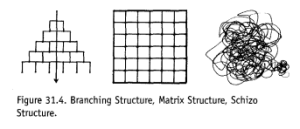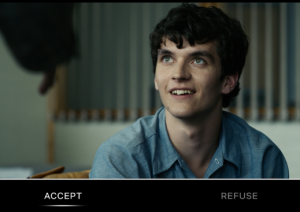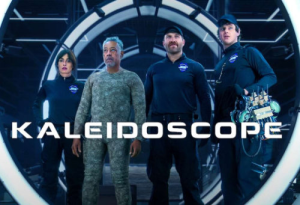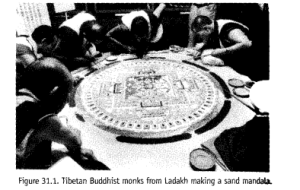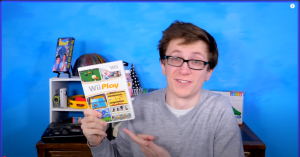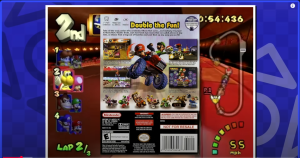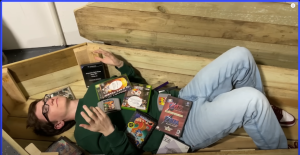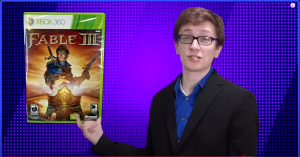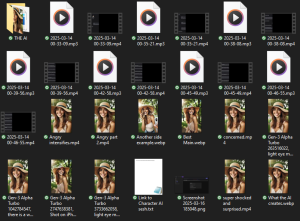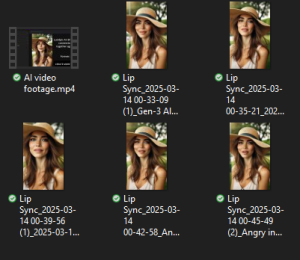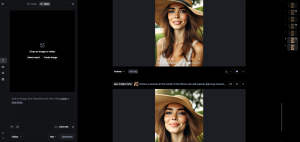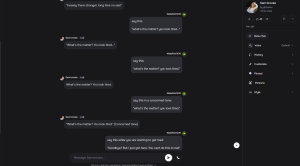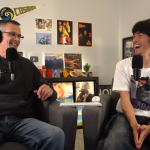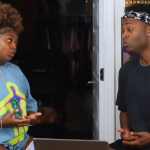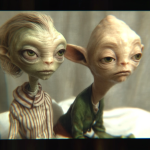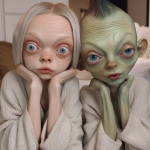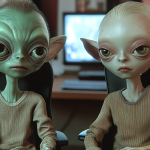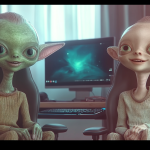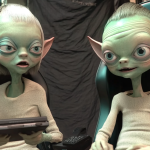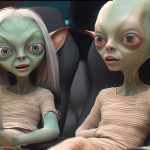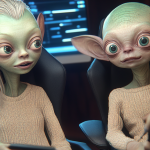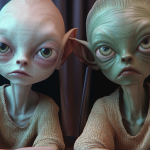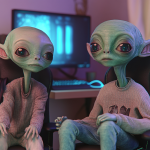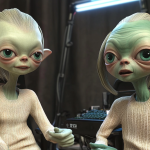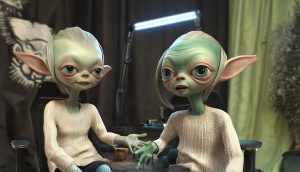I have thought for a while on what I would like to do for my final project and I want to do something somewhat experimental and share where the inspiration came from.
The two modules I will be using for this video project are networked video on YouTube and Looped video.
My idea for my final project is to make a “choose your own adventure” using the networked video platform YouTube of what would be a screen recording of a Google doc as a man is trying to write a love letter. The interactivity aspect will be that the audience can choose to help or mess with the guy’s writing by changing the font, the color, deleting his work, and more by using the mouse. I will also be utilizing loops in order to convey longer extended time and even reputation to show a back and forth or fighting between the text and the mouse. I want the man to speak to the audience specifically through typing to “speak” to the audience by typing “you better stop that! its very frustrating!” The audience will be able to “communicate” by being almost a “silent character” only able to convey what it is doing using the mouse doing actions like pointing, moving around the screen, and things like that.
The endings I have in mind for now are a good ending where the audience helps the guy and things are happy, a bad where they guy gets fed up and just leaves the audience to watch the blank empty doc as the mouse just moves around in a loop, and many another where they get in a fight of control over the mouse to also use some loops.
I am still working to figure out how many videos will be encompassed in this video, but I want it to feel engaging, have a sense of comedy to it and use music to help convey the emotionality and tone of the work. The inspiration for this idea is similar to the “Animation Vs Animator” series but instead of an animation or stick figure, its just the mouse and text that appears on screen. It will be less “cinematic” and wont be as advanced, but I think there is a fun story that I can tell with this medium and utilizing interactivity with it would be lots of fun.
